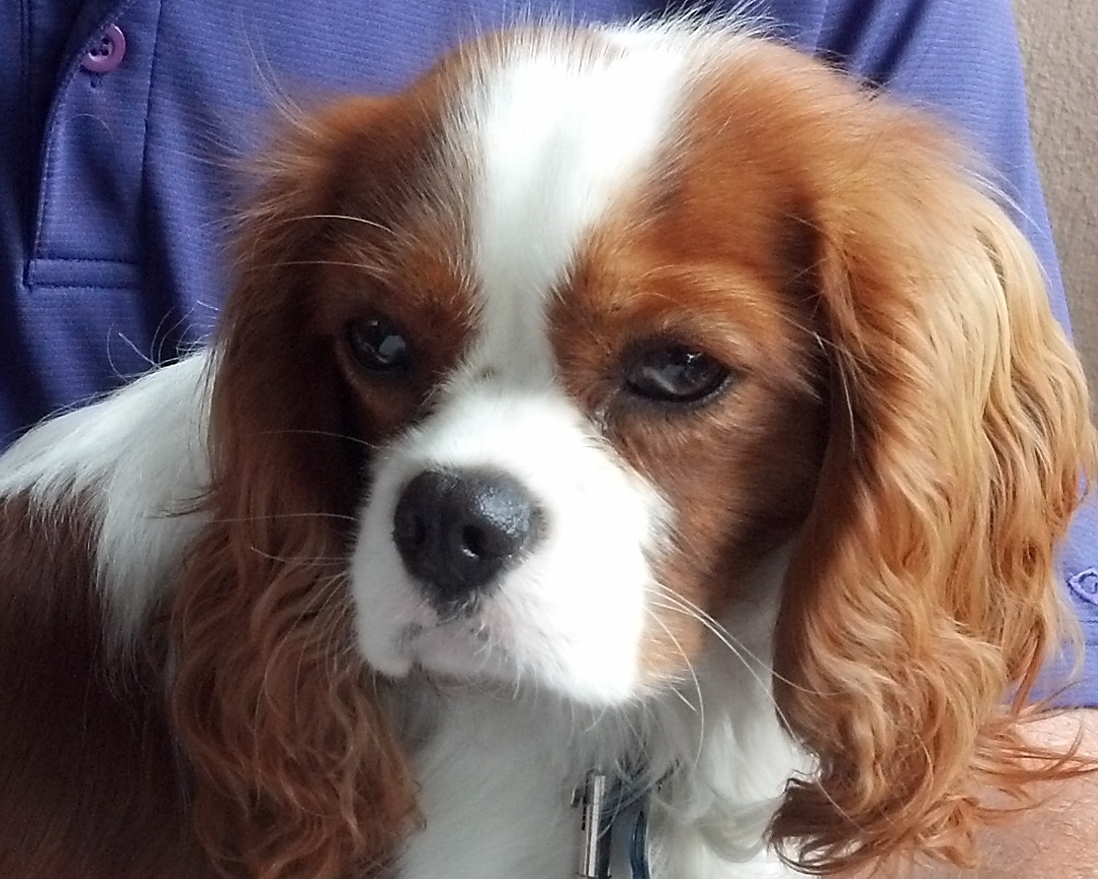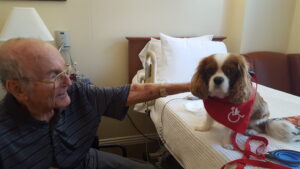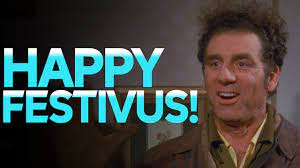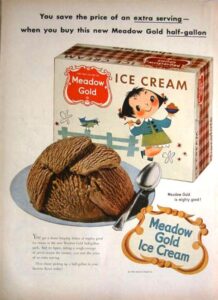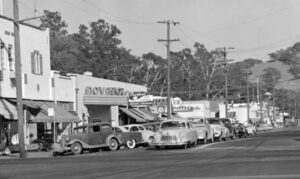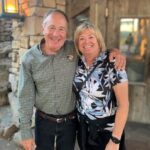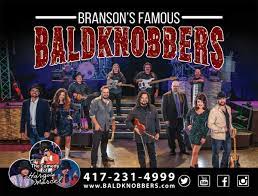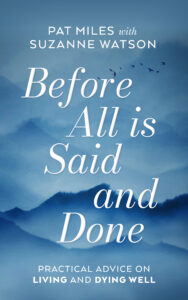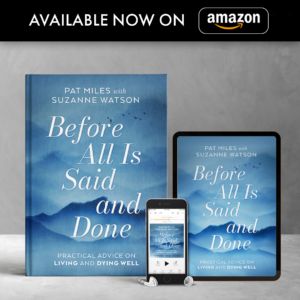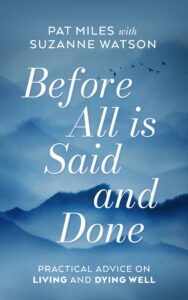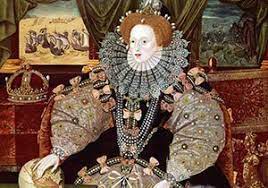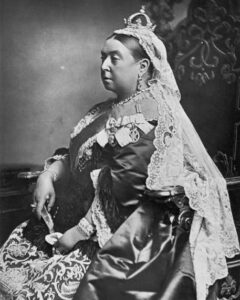By Suzanne Sparrow Watson
“Dogs have a way of finding the people who need them, filling an empty space we don’t even know we have.” Thom Jones
Tap. Tap. Tap. I wake each morning to paws gently tapping my shoulder. I roll over and Dash the Wonder Dog’s face is one inch from mine, with an expectant look on his face. I roll over and obediently scratch his ears. He has me well trained. I bid him a good morning and ask how his sleep was. He response is 100 kisses – just to make sure I’m awake and to alert me that he’s ready to start his day. This is his morning routine, and whether I have had 8 hours or 8 minutes of sleep, it never varies. On the mornings when my sleep has been closer to 8 minutes, I wonder why I have let this dog take over my life. I resent, just for a moment, that once I have let him out to sniff and pee, he curls up on the sofa, rests his head on his soft blanket, and falls blissfully back to sleep. I, on the other hand, put extra coffee in the pot.
Ten years ago, on November 16, 2012, I received a message from Dash’s breeder that he and his four brothers had been born. She sent me a photo of them, snuggled up together, looking a bit like tiny guinea pigs. I didn’t yet know which one would come home with me, but it didn’t matter – I loved them all instantly. I had waited a long time to own another dog and pledged that this dog would be special. Little did I know I really had no choice in the matter. Dogs have a way of wriggling into your heart and staking their claim on your soul. In January 2013, I drove to the breeder’s home to select which dog would be mine. Of course, what really happened is Dash chose me. As I stood in the backyard, with dogs and puppies romping and vying for attention, Dash came up and scratched on my pant leg. I picked him up, he gave me a lick, and I was done. Dash was my dog, and I was his person.
“What do dogs do on their day off? Can’t lie around – that’s their job.” – George Carlin
We brought him home on February 3, 2013. I vowed early on that I wasn’t going to be a sap about this dog. Who was I kidding? I was a sap by the time we backed out of the breeder’s driveway. From that first day, Dash has lived up to the nickname for Cavaliers – he is a “comfort spaniel”. No matter how bad a day we might have had, it is impossible to remain sad or depressed when greeted at the door by his wagging tail and twirling body. My husband and I vie over who gets to sit next to him on the couch. Dash doesn’t care, he is an equal opportunity snuggler. He plasters himself next to us and miraculously transforms into a 1,000 lb. dog – absolutely immovable.
“The average dog is a nicer person than the average person.” Andy Rooney
We acknowledge that over the past ten years he has put a crimp in our social life. Spending an evening with Dash, vs dinner with someone blathering on about their hook shot on the 10th hole, is not even a fair fight. Our friends tease us that they have met the “Dash bar” when we go out rather than stay home. But we are not the only ones who are smitten by him. He has put smiles on faces wherever he goes, especially when he worked at the Vi Care Center, bringing some sunshine to people who didn’t see much of it. We have taken him everywhere we traveled, and as luck would have it, he loves car rides. He doesn’t really care where we go, as long as he is with us. He is the reason we have met people from all parts of the world, who engage us in just enough conversation to justify their real reason for stopping – to pet Dash. He made friends with a little girl from England in Squaw Valley, and he snookered the people in the gift shop in Sun Valley to give him treats every time he passed by.
When we first brought Dash home, I told my husband that I’d be happy if he lived ten years. After all, most Cavaliers suffer from mitral valve disease, so their lifespan can be shorter. Two years ago, Dash was diagnosed with it. He is on medication and so far, it seems to be keeping the disease at bay. He still loves to play fetch every night. Mostly I do the fetching, as he manages to put his toy exactly one foot beyond my reach. I can almost see him laugh as I heft myself off the couch to retrieve it. He would do this for an hour, but oftentimes my knees give out before he does.
His head on my knee can heal my human hurts. His presence by my side is protection against my fears of dark and unknown things. He has promised to wait for me… whenever… wherever—in case I need him. And I expect I will—as I always have. Gene Hill
And now that he is 10, of course I want more time. I want more snuggles and kisses, more twirls when I get home, more waking in the night to his chainsaw-like snoring. I dread the day when I won’t wake to the tap, tap, tap on my shoulder. But for now, we’re taking it a day at a time, and enjoying each day to the fullest. At night, before we tuck in, I set Dash up on the bed and review our day – where we went (nowhere), what we did (nap and eat) and any special people we might have seen (the crazy dog down the street). And then I tell him how much he is loved. I bury my face in the scruff of his neck and tell him what a good boy he is and how blessed we are to have him in our lives.
I’ve done nothing to deserve this sweet, gentle boy, and yet he chose to grace me with his presence. For that, I am the luckiest person on earth. Happy 10th birthday to my most cherished companion!
